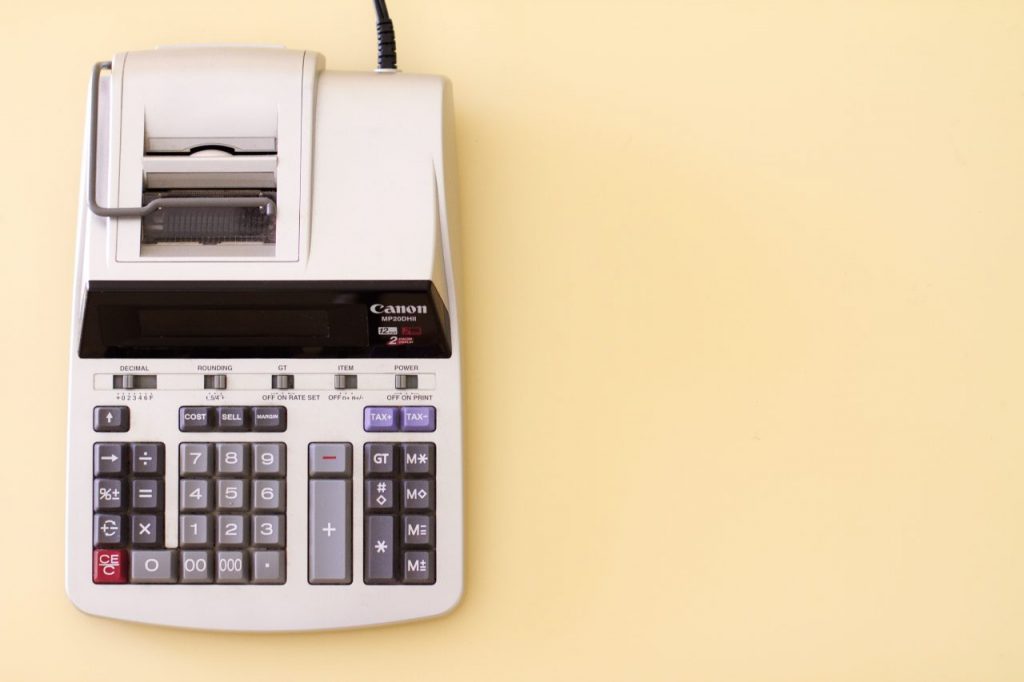5 Steps To Create A Budget That Actually Works

Personal finance is a constant topic among seniors or adults who are nearing retirement. It’s no surprise because money is a crucial instrument for a happy retirement. If you want to get better with your finances, the first step is learning how to budget.
To some people, the word ‘budget’ sounds like a dirty word but there’s no other way to start working on your financial freedom.
Budgeting is easier than you might think, but there’s a caveat – it takes trial and error to make a budget work for you.
Most importantly, getting started is key. You have to get a clear idea how much money is coming in every month and where the money exactly goes. ASAP.
And as soon you learn the proper way to budget before the beginning of each month or before the next pay day, you are one step closer to a financially free future.
Here’s how to get started:
Step 1: Consolidate all your financial data
Let’s start with the finer details. How many income streams do you have and how much money do you make each month? What are your staple monthly expenses? In order to come up with the numbers, print out your bank statements, credit card statements, or any other paperwork that includes all your income statements including miscellaneous ones (e.g. inheritance, royalties, rental income).
Those who live with a fixed income will have no problem computing their monthly take-home pay. But if you’re a freelancer or someone who works variable hours, look at the most recent 12 months and divide your total income by 12. The sum will give you an average monthly income.
Step 2: List down all your expenses
Depending on your current situation and lifestyle, your expenses may vary. However, to give you an example of the possible expenses you might have, these are the most common living expenses you might have:
- Mortgage or rent
- Power bill
- Phone bill
- Internet subscription
- Insurance (e.g. house insurance, life insurance, car insurance)
- Public transport costs (or gas if you’re a car owner)
- Groceries
- Entertainment
- Travel
Your expenses may be more so make it a point to list down everything you can think of to see the most accurate representation of your total monthly expenses.
Now, when you do this, don’t do it on top of your head. Use an excel sheet or an online application like Mint.com.
It’s also important to note the different expenses that you are not paying on a monthly basis. Divide the total of your non-monthly expenses into 12 to get the amount of money you have to set aside every month in order to pay these off on or before their due dates.
Step 3: The exciting part – the actual budgeting
Once you are confident that you have every regular expense listed down, get to the total and subtract it against your total monthly income.
If the result is positive, now you have the surplus amount for each month. It’s up to you what to do with your surplus income. You can invest this, start a business, use it to pay off debts, or put it in your retirement fund.
But what if you get a negative? Don’t panic and start considering one of these things below (or both actually):
Option 1 – Cut back on unnecessary expenses
Be honest with yourself. Do you really need to buy $200 worth of shoes every payday? Have a closer look at your spending and you’ll be surprised how much you can save by cutting back on shopping, grocery, movies, eating out with friends, and possibly more.
Option 2 – Get a side hustle or work extra hours
Do you have an extra bedroom? Why not rent it out? Are you an excellent driver? Register with Uber as a driver. Any sort of decent livelihood that will pad up your monthly income can make a huge difference.
Step 4: Consider the 50/30/20 rule
For serious savers, it helps to pattern your budget after the 50/30/20 budgeting rule. About half of your spending goes to your housing expenses which can include your most essential payments like your mortgage, house insurance, power bill, phone and internet. The thirty percent of your income you may spend on non-essentials like Netflix subscription, shopping money, and your personal luxuries. And the remaining twenty percent goes to your savings account.
It takes massive discipline to perfect this rule but if you’re determined to save for your retirement, this is the way to go.
Step 5: Stick it where you see it
It’s easy to forget that you have a budget especially if you’re not used to having one. So, print it out and stick it on the fridge where you can see it every day. You can also carry it with your work bag every day or pin it on your workstation. Never put it in your drawer because you are most likely to forget about it when you do that. Review your budget every week and set aside a time every month to check back on it and reassess if you’re meeting your budget. Another helpful tip is to set automatic reminders on your phone.
Always remember that budgeting only works if you implement it. At the end of the day, it’s just a piece of paper and it won’t manage your money for you.
Are you ready to make a difference in your financial life?



